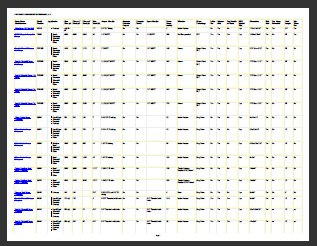Pond Pump Comparison Chart
Pondkeeping is a joy – but it can be a complicated and technical hobby. Buying a pond pump is not rocket science if you understand a few basic concepts and use our Pump Comparison Chart for detailed technical information. If you have a pond larger than 250 gallons, a pond pump is ESSENTIAL to keeping a pond clean.
 Pumps come in a confusing array of models and sizes. You will need a pond pump if you are planning on moving water in your pond. Water movement can be by a waterfall, stream, fountain, or spouting ornament – sometimes called a spitter.
Pumps come in a confusing array of models and sizes. You will need a pond pump if you are planning on moving water in your pond. Water movement can be by a waterfall, stream, fountain, or spouting ornament – sometimes called a spitter.
Before using the chart, make sure you calculate the water volume in your pond. The volume is “how many gallons of water there are in your pond”. You will also need to know if you will be using any filtration. If you have a preformed pond, refer to the specification that comes with the pond. To calculate the water volume in a flexible-liner pond, use the equations below depending on the shape of your pond.
Rectangle Ponds. Length in feet X width in feet X depth in feet =cubic feet.
Circular pond. 3.14 (1/2 diameter in feet x 1/2 diameter in feet) x depth in feet = cubic feet.
Free form shapes. Break the pond down into a series of rectangles and circles and figure the volume of each area separately, then add the volumes together.
Each cubic foot contains 7.5 gallons of water, so multiply the total number of cubic feet times 7.5 to determine the total number of gallons.
Our in-house Pond Guru is happy to answer any questions you may have before purchasing your pump. pondguru@grpet.com.
We want our customers to be informed AND get the lowest prices on the internet. Use the coupon: pondpump to save $10 on ANY pond pump over $80 that you determine to be the best fit for your pond! Expires 6/6/2011
